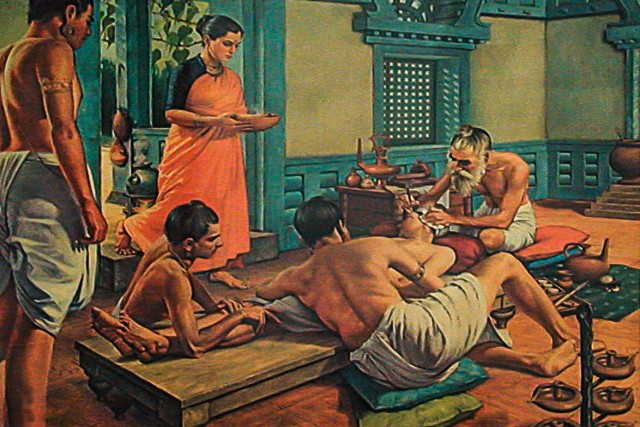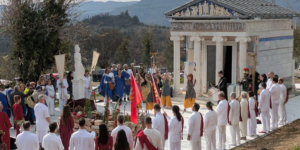India’s achievements in science and technology have been in focus ever since Prime Minister Narendra Modi used examples from the Mahabharata and Ramayana to illustrate the country’s scientific temperament in ancient times.
The Indian Council of Historical Research (ICHR) has approved the first research project in its effort to map the country’s ancient scientific achievements, from the Vedic era to the 18th century.
The apex body for funding historical research agreed to provide Rs 5 lakh to R N Iyenger, a professor at Jain University in Bengaluru, to study the Garga-Jyotisha in its last council meeting held in March. The minutes of the meeting, a copy of which has been accessed by The Indian Express, state that the grant has been sanctioned for two years.
Vriddha-Garga-Samhita, also known as Garga-Jyotisha, is an ancient text containing 8,000 verses and 16,000 lines of astronomical information which, Iyenger claims, could have influenced the mathematical astronomy of Aryabhata and other scholars from ancient India.
Speaking to The Indian Express, Iyenger confirmed that ICHR has agreed to fund his study. He said he was associated with the department of civil engineering at the Indian Institute of Science (IISC), Bangalore, for four decades, where he spent time researching about earthquakes, rainfall models and natural disasters from the Western perspective. He said there is information available about these topics in ancient Sanskrit texts as well, which is why he proposed to study them.
“My interest is in the intellectual traditions indigenous to Indian culture. I am intrigued by the deep thinking and insight that should have led to patently Indian disciplines such as mathematics, astronomy, music, logic, grammar, prosody, medicine, architectural-engineering, water management and metallurgy,” he said in an email.
Iyenger said he has published 20 research papers on similar themes, including one on earthquakes in ancient India, profile of natural disasters in ancient Sanskrit literature and description of rainfall variability in Brihat-Samhita of Varaha-Mihira.
“Vriddha-Garga-Samhita is a collection of astronomical information, observational astronomy leading to mathematical calculations and natural sciences. It has observations of planets, periods of eclipses, description of 26 comets which can give us an idea of ancient chronology. It also has a chapter on rainfall measurements. Most probably this tradition originated around 500 BC and could have influenced the mathematical astronomy of Aryabhata and other scholars in ancient India,” he said.
India’s achievements in science and technology have been in focus ever since Prime Minister Narendra Modi used examples from the Mahabharata and Ramayana to illustrate the country’s scientific temperament in ancient times.
The Indian Express first reported on October 3, 2015 about the ICHR’s efforts, under its new chairman Y S Rao, to draft historians to study ancient literature — Vedas, Puranas, Dharmasastras, Artha Sastra, Vedanga Jyotisha, Rasasastra and Vastu Sastra — to trace the country’s achievements in technical and scientific disciplines.































